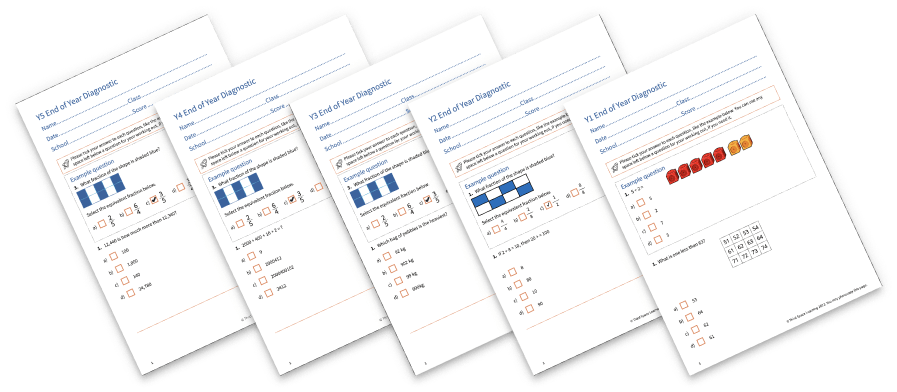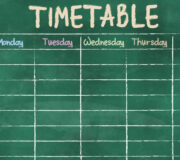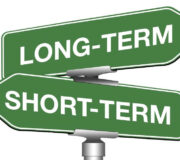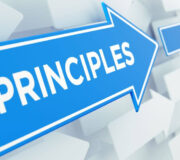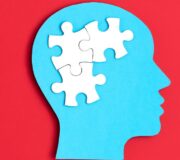Diagnostic Questions in Action: Your Complete Guide To Using and Creating Diagnostic Questions
Diagnostic questions are particularly beneficial in improving mathematics lessons. Educationalist Craig Barton believes these questions are the most important pedagogical technique to accelerate student learning.
This article will explore why diagnostic questions are so effective and how diagnostic assessment questions can be used effectively before, during and after lessons.
What is a diagnostic question?
Diagnostic questions are a type of formative assessment designed to identify students’ key misconceptions. Each wrong answer to a diagnostic question reflects a different misconception. Using this information, teachers can plan lessons accordingly to improve students’ knowledge and mastery of the topic studied.
Teachers cannot confidently proceed with the lesson or choice of activities until they have received answers to the diagnostic or hinge question from every student in their class.
Diagnostic questions are also referred to as weighted hinge questions (WHQs) in education research because the following part of the lesson hinges upon students’ responses to the questions.
When used successfully, it is believed that diagnostic or weighted hinge questions can double the speed of student learning by:
- Reducing the time spent teaching information that students already know
- Directly challenging the most common misconceptions held in a class
- Identifying students who require an intervention or revision programme
End of Year Diagnostic Assessment Pack
Assess your pupils against the core maths objectives they should be secure with by the end of the year
Download Free Now!Examples of diagnostic questions
A diagnostic question is designed to be closed or multiple-choice so the question focuses on a specific topic or concept. This makes it easier to identify the misconceptions associated with each incorrect answer.
Here are two examples taken from our one to one intervention programmes, one for primary students and one for maths GCSE students:
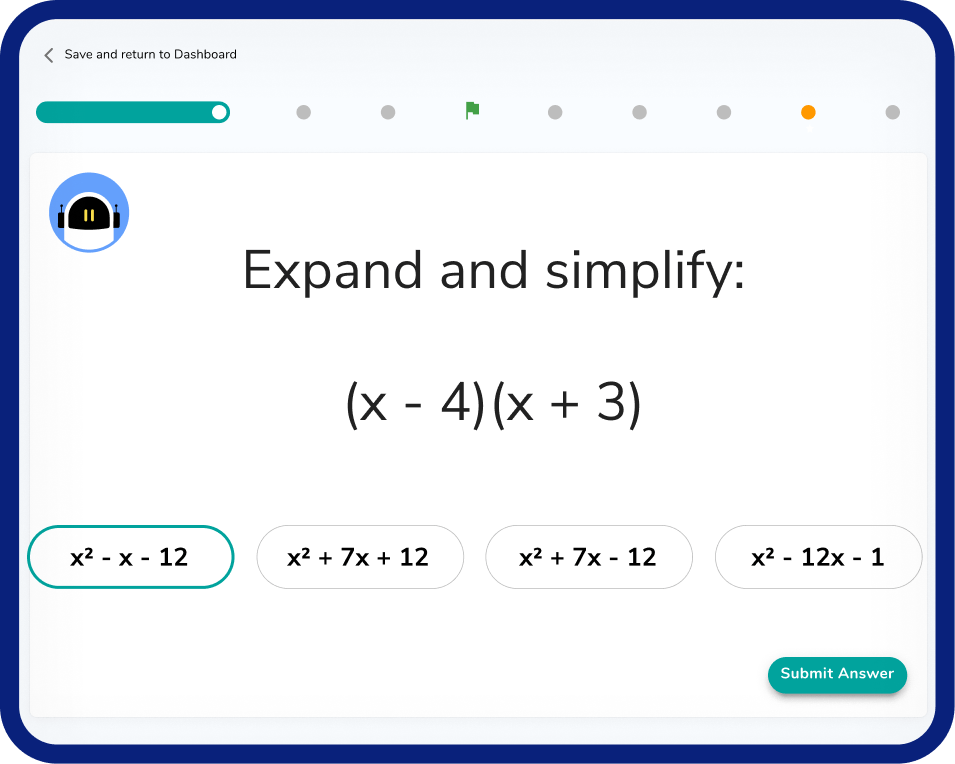
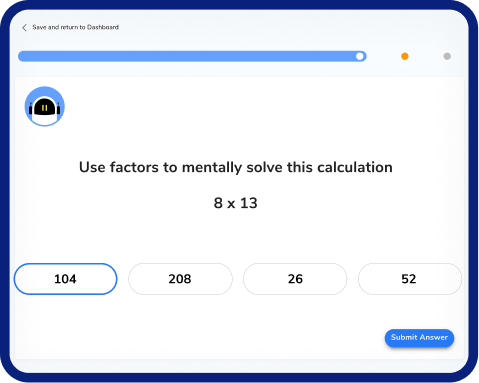
Every Third Space Learner begins their one to one maths programme with an initial diagnostic assessment.
Each student completes a diagnostic assessment to help maths specialist tutors identify individual misconceptions and prioritise lessons accordingly.
Third Space Learning’s Secondary Resource Hub is home to a bank of diagnostic questions that can be downloaded for free and used to support students from key stage 2 to key stage 4. For Maths GCSE students, the questions cover topics that are suitable for OCR, AQA and Edexcel exam boards.
You can download your free questions from Third Space Learning using these links:
Read more: How Diagnostic Assessment In KS2 Can Improve Maths Teaching
Why are diagnostic questions so effective at improving learning?
Formative assessment, such as hinge questions, gathers information about students’ understanding. Information gathered from these questions about students’ understanding and misconceptions allows teachers to effectively adapt their teaching to achieve better outcomes.
If teachers can use this type of adaptive teaching and tailor their teaching to student’s needs, learning will undoubtedly improve.
In addition to the valuable insights diagnostic questions reveal and their impact on teaching, diagnostic questions are effective for the following reasons:
- They are quick for students to answer which means they can be incorporated frequently into every lesson
- It is possible to get responses from every pupil in the class simultaneously
- Each wrong answer reveals a misconception without requiring further explanations
- Teachers know which misconceptions need to be challenged
- Prior knowledge is assessed and teachers save time by only teaching the topics required
Educationalists, such as Dylan Wiliam, refer to the impact of this type of formative assessment as responsive teaching.
When formative assessment is completed successfully, the subsequent teaching should have a greater impact on student outcomes than it would have in the absence of the formative assessment.
Read more: A Complete Guide To Formative And Summative Assessments And Their Different Uses
How to make diagnostic questions even more effective
Ask students to give a confidence rating to their answer before being told the correct answer to make these types of questions more effective. Evidence suggests that when a student is confident about an incorrect answer, they are more likely to get the answer right in subsequent tests.
Teachers can take advantage of this hypercorrection effect by asking students to select an emoji that represents their confidence level, rate their confidence out of 5 (on their fingers) or use a traffic light system.

What are the limitations of diagnostic quizzes (and how can they be avoided)?
To be effective, diagnostic questions need to be answered honestly by every student in the classroom. But several contributing factors may stop this from happening:
- Student Anxiety
If learners are anxious about giving an incorrect answer, they may not be honest with their answer or may opt out of answering the question altogether. This leaves the teacher with no information about their current understanding and therefore unable to adapt teaching methods appropriately.
Using the phrase incorrect answers has negative connotations and instils anxiety in students. Terminology like misconceptions is more positive and helps reinforce the message that their purpose is to improve learning. Using ‘misconceptions’ rather than ‘wrong answers’ has been shown to significantly reduce learners’ anxiety when answering diagnostic questions.
- Inefficient Questions
Creating effective diagnostic questions can be time-consuming. It requires a high level of familiarity with the topic being tested and excellent subject knowledge to ensure the correct answer can only be reached if the student does not possess any misconceptions.
Sharing best practices and resources with other colleagues can lessen the workload on individual teachers and greatly improve the quality of questions.
A growing bank of diagnostic questions is available online like Third Space Learning’s collection of free diagnostic maths questions.
- No Change To Teaching
Diagnostic questions must be accompanied by high-quality teaching to improve student outcomes.
Once a misconception has been identified, teachers must challenge the misconception and have the pedagogy required to teach students the correct answer.
Effective forms of professional development that can help lessen this limitation of diagnostic questions and improve student learning include:
- Peer observation
- Team teaching
- Sharing best practices
How can diagnostic assessment be used during a lesson?
There is never a wrong time to use a diagnostic question during a lesson. It is one of the few teaching strategies that are equally valuable at the start, middle, or end of a lesson or unit of study.
Information gathered from diagnostic questions will always be useful and it is better to know why students have given an incorrect answer sooner rather than later.
However, the purpose of a diagnostic question will change depending on when it is used during a lesson.
Beginning of a lesson
Diagnostic questions at the start of a lesson can be used to assess students’ prior knowledge and will inform the teacher where to begin teaching the topic.
This is often most useful when used in conjunction with end-of-lesson questions too.
During a lesson
Diagnostic questions during a lesson are used to evaluate whether:
- teaching strategies have been successful
- students are learning the intended objectives
Students’ answers to questions during the lesson should determine the next stage of the lesson. For this reason, diagnostic questions during the lesson could be called hinge questions.
End of a lesson
Teachers may ask their students to answer a multiple-choice question before ending the lesson, sometimes referred to as an exit ticket. Students’ responses to these formative assessment examples will determine what the teacher will cover in the following lesson.
Once a whole topic is complete, hinge questions can be used to assess students’ knowledge across a series of lessons.
If diagnostic questions are used throughout every lesson, they must be quick to execute and not distract students from the learning activities. Some teachers use websites and online systems to gather students’ responses to diagnostic questions.
Approaches that do not rely on students using technology are likely to be more reliable, quicker, and less distracting for the students.
Popular diagnostic assessment approaches include:
- Presenting multiple choice questions on a PowerPoint presentation
- Giving students an entry ticket or worksheet to answer the question on
- Asking students to write their answers on mini-whiteboards
- Numbering multiple choice questions from 1 to 4 so that students can hold up the number of fingers that corresponds to their answer
How to write a good diagnostic question
It can be challenging to write effective diagnostic questions that will provide clear information that can be used to adapt teaching. Share expertise within a department or with colleagues from other schools to make the process easier.
The best diagnostic questions will be:
- Clear and unambiguous
- Focussed on a single skill or concept
- A closed question (ideally multiple choice)
- Able to be answered in less than ten seconds
- Each incorrect answer reveals a different misconception
- The correct answer cannot be reached if students hold a misconception
- Teachers know how to proceed with the lesson without any further explanation from students
Tips for teachers: diagnostic questions
- Use questions frequently, throughout every lesson
- Use a diagnostic question before moving on to a different phase of the lesson
- Ask students to rate how confident they are before revealing the correct answer
- Ensure all students provide an answer
- Refer to incorrect answers as misconceptions
- Make immediate adjustments to the lesson following each diagnostic question
- Make use of free diagnostic questions that have been shared and developed by other professionals.
Read more: A Practical Guide To Rosenshine’s Principles of Instruction
FAQs
Diagnostic questions identify key misconceptions to enable teachers to make decisions during a lesson that improve students’ learning.
A good diagnostic question should be about a specific concept and each incorrect answer should reveal a different misconception. It should not be possible for a student to correctly answer a diagnostic question using an existing misconception.
Diagnostic questions are a special type of formative assessment and are not a type or summative assessment. That is because their purpose is to improve learning by revealing students’ understanding and also identifying their misconceptions. This additional information allows teachers to make informed decisions about the most appropriate course of action to improve learning.
DO YOU HAVE STUDENTS WHO NEED MORE SUPPORT IN MATHS?
Every week Third Space Learning’s maths specialist tutors support thousands of students across hundreds of schools with weekly maths intervention programmes designed to plug gaps and boost progress.
Since 2013 these personalised one to one lessons have helped over 150,000 primary and secondary students become more confident, able mathematicians.
Learn about the diagnostic assessment or request a personalised quote for your school to speak to us about your school’s needs and how we can help.

